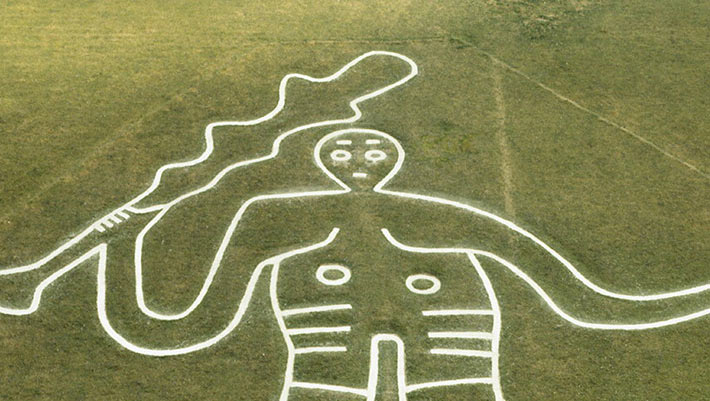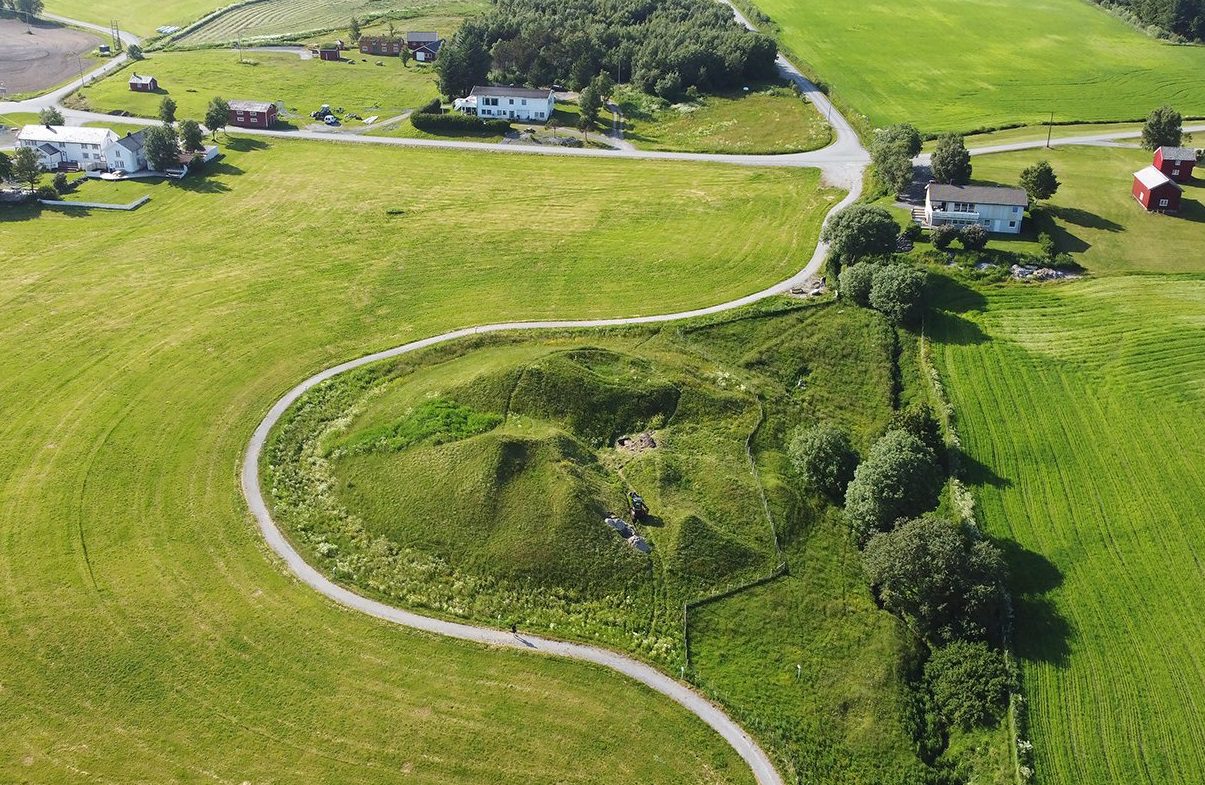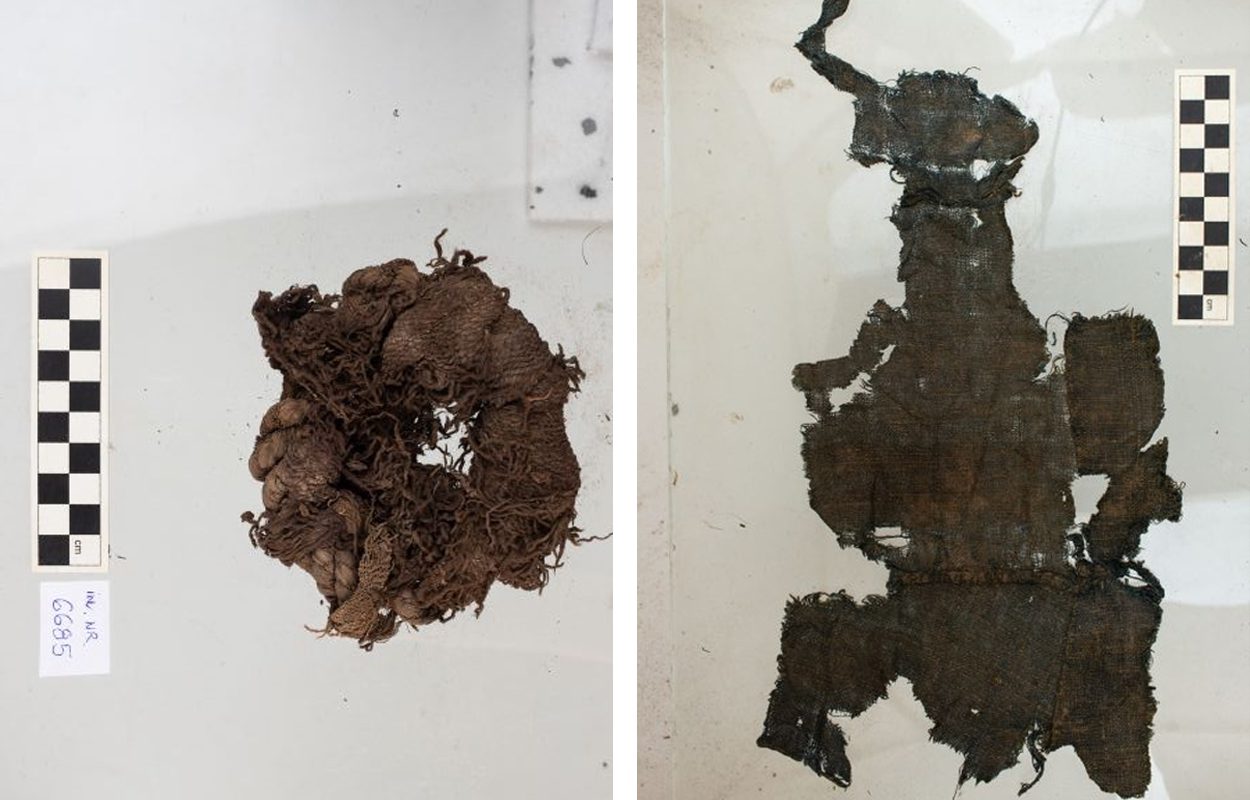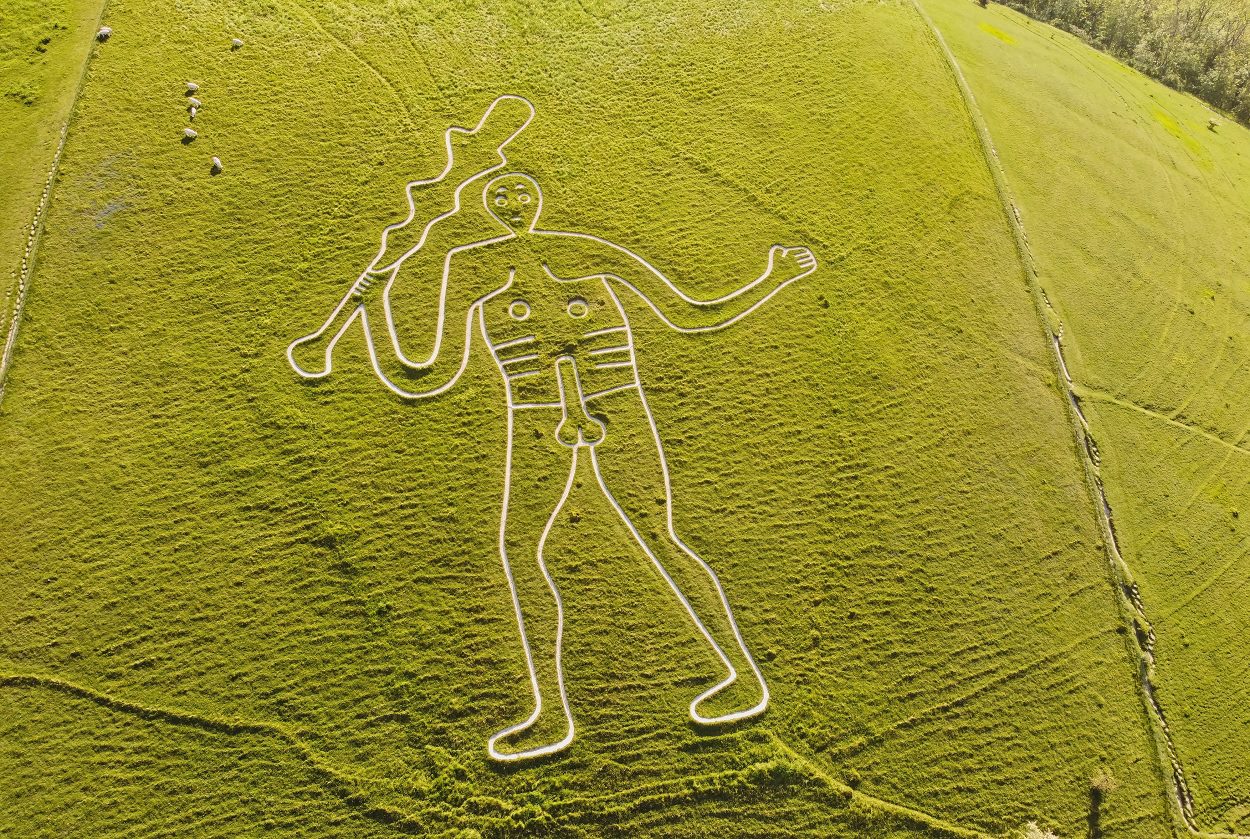Category: Arch/ Anthro
-

Cerne Abbas Giant was Muster Station for West Saxon Armies, Archaeologists Say
A huge, naked figure called Cerne Giant was cut into a Dorset hillside not, as many have supposed, in prehistory, nor in the early modern period, but in the early Middle Ages, specifically in the 9th or early 10th century when there was much interest in the Classical hero Hercules, according to a new paper…
-

Merovingian ship burial found in Norway
During 2023, archaeologists conducted an investigation at Leka in the northern region of Trøndelag County, Norway, revealing the presence of a ship burial within the Herlaugshaugen burial mound. The burial mound has a diameter of over 60 metres and was thought to be the ultimate resting site of King Herlaug, a Norse king who, as…
-

Study finds that inhabitants of Old Dongola recycled clothes
A study by archaeologists from the University of Warsaw has found that the inhabitants of Old Dongola recycled clothes due to the high expense and time-consuming nature of fabric production. Old Dongola was the capital of the Nubian kingdom of Makuria, located in the Northern State of Sudan on the eastern banks of the River…
-

Mystery of Cerne Abbas Giant solved?
Researchers from Oxford University suggest that the Cerne Abbas Giant depicts the image of Hercules, the Roman equivalent of the Greek divine hero Heracles, and served as a muster station for armies during the Saxon period. The Cerne Abbas Giant is a 55 metre tall carved hill figure near the village of Cerne Abbas in…
-

Burial containing decorated longsword found in Halmstad
Archaeologists have uncovered a medieval longsword during excavations in the Lilla Torg centre of Halmstad, Sweden. The longsword was discovered in a burial containing the skeletal remains of a man at the former site of a medieval convent known as the Church of Sankta Anna. The church and monastery was built between 1494 and 1503…
-

Study of Mongolian Arc adds to mystery surrounding its purpose
Drone photo of Khaltaryn Balgas (MA21). Credit: Journal of Field Archaeology (2023). DOI: 10.1080/00934690.2023.2295198 A team of archaeologists at the Hebrew University of Jerusalem in Israel, working with a colleague from the National University of Mongolia, has conducted a study of the 405-km wall system in eastern Mongolia known as the Mongolian Arc in order…
-

Archaeologists find network of ancient tunnels at Houchengzui
Archaeologists excavating at Houchengzui in the Inner Mongolia Autonomous Region have uncovered a network of ancient tunnels. Houchengzui, also known as Houchengzui Stone City, is an archaeological site located on the northern shore of the Hun River within Qingshuihe County, situated in the Mongolia Autonomous Region. Previous excavations have dated the city to around 4,300…
-

Sandstone statues found at Angkor Archaeological Park
According to a press announcement by the APSARA National Authority, archaeologists have discovered six sandstone statues during restoration works at the Ta Prohm temple complex in Cambodia’s Angkor Archaeological Park. Ta Prohm, also called Rajavihara, is a temple founded by Jayavarman VII, the first king devoted to Buddhism within the Khmer Empire. During his 37-year…
-

Burial ground found in Nizhny Novgorod region of Russia
Archaeologists from the Institute of Archaeology of the Russian Academy of Sciences, working in collaboration with Samara University and the Khalikov Academy of Sciences of the Republic of Tatarstan, have uncovered a burial ground in the Nizhny Novgorod region of Russia. The discovery was made near the village of Pilna in the Pilninsky District of…
-

Europe’s prehistoric mega-settlements were almost exclusively vegetarian
A study by researchers from the Collaborative Research Center (SFB) 1266 at the Christian-Albrechts-Universität zu Kiel (CAU), has revealed that Europe’s prehistoric mega-settlements relied on fertiliser and plant protein. Mega-settlements of the Trypillia societies arose around 6,000 years ago in the territory of the Republic of Moldova and Ukraine. Starting around 4,150 BC, these societies…